Best Time for Retaining Wall Repairs
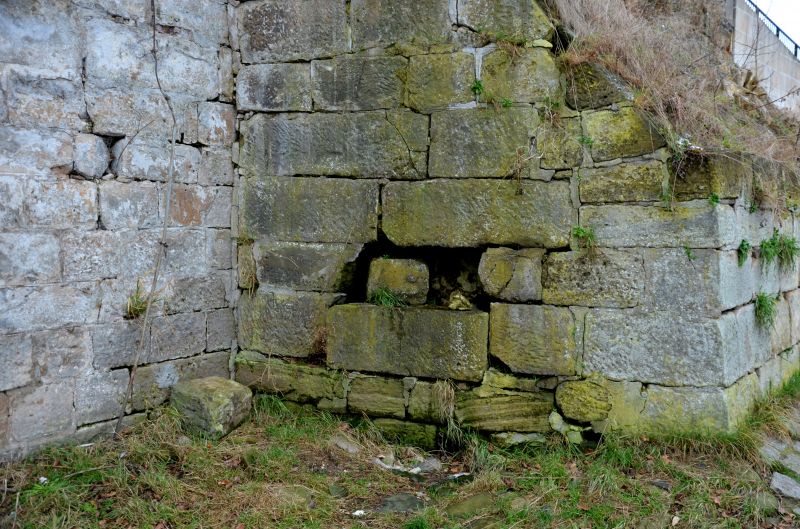
Spring is ideal for assessing retaining walls after winter, when moisture and freeze-thaw cycles can cause damage.
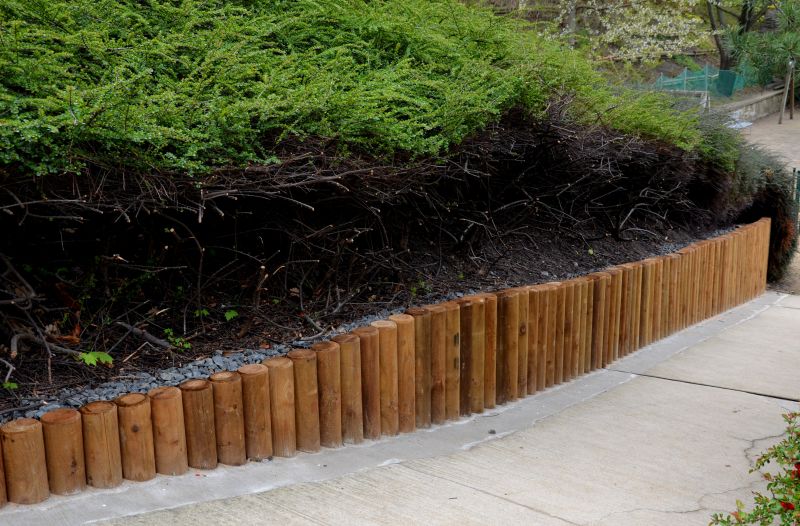
Summer offers warm, dry conditions suitable for repairs and reinforcement work.
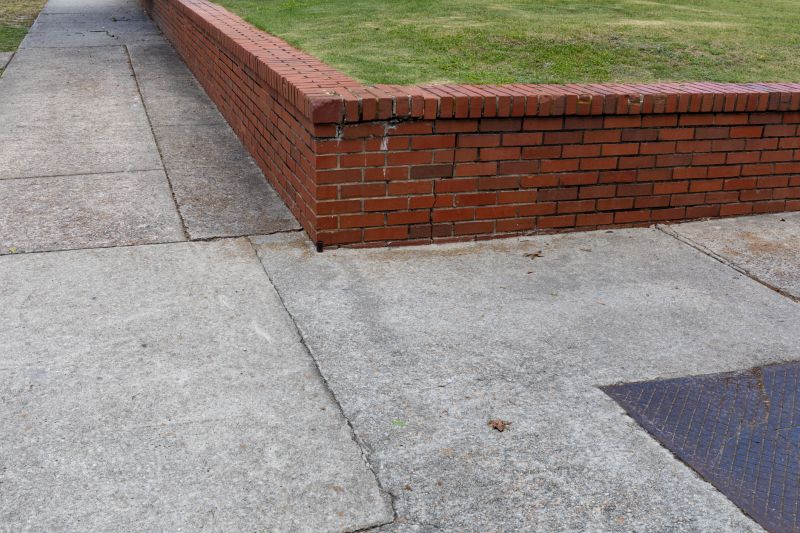
Fall provides an opportunity to address issues before winter weather sets in, reducing future damage.
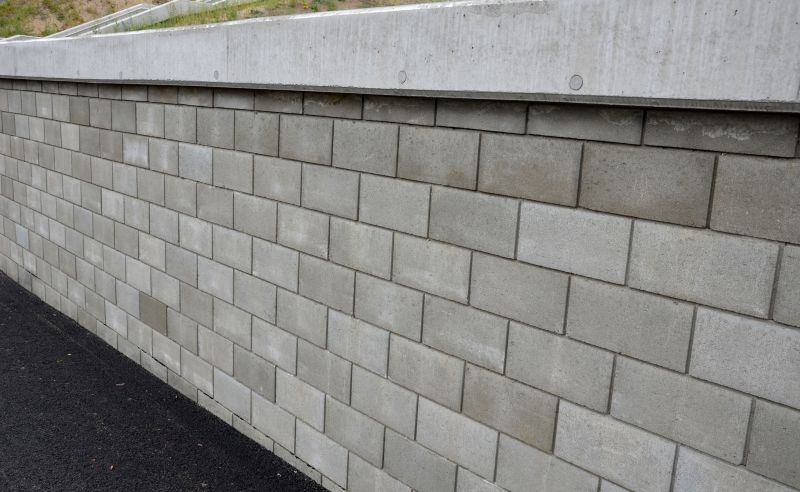
Ways to make Retaining Wall Repairs work in tight or awkward layouts.
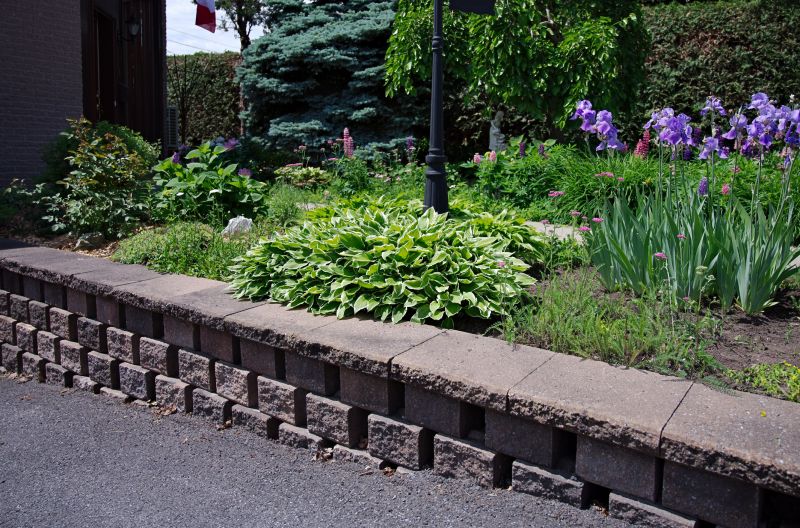
Popular materials for Retaining Wall Repairs and why they hold up over time.

Simple add-ons that improve Retaining Wall Repairs without blowing the budget.
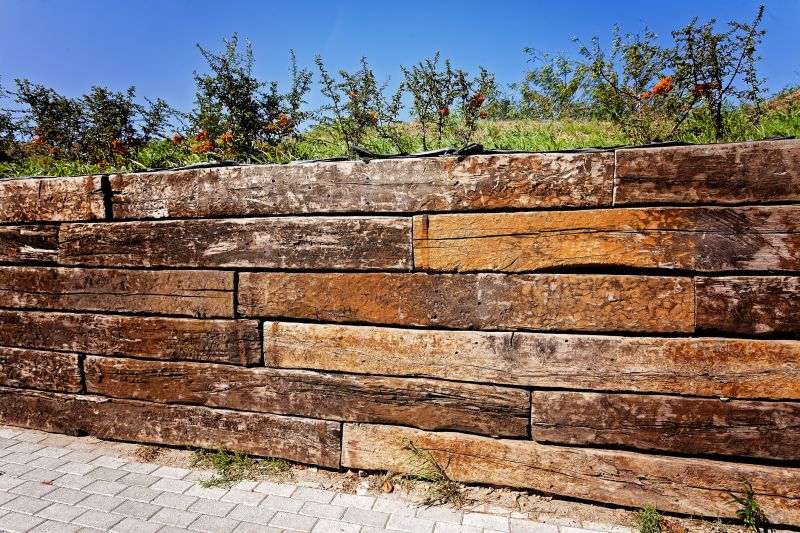
High-end options that actually feel worth it for Retaining Wall Repairs.
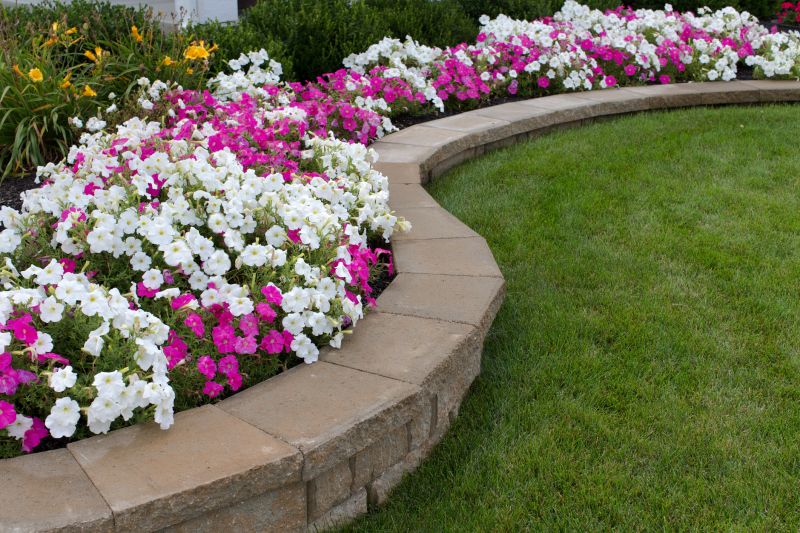
Finishes and colors that play nicely with Retaining Wall Repairs.
Retaining wall repairs are essential for maintaining structural integrity and preventing property damage. The timing of repairs can significantly influence their effectiveness and longevity. Seasonal considerations, weather conditions, and soil moisture levels play a role in determining the optimal time for intervention.
Statistics indicate that most damage to retaining walls occurs during freeze-thaw cycles and periods of heavy rainfall. Addressing issues during seasons with stable weather reduces the risk of further deterioration. Proper timing ensures that repairs are more durable and cost-effective, preventing costly replacements later.
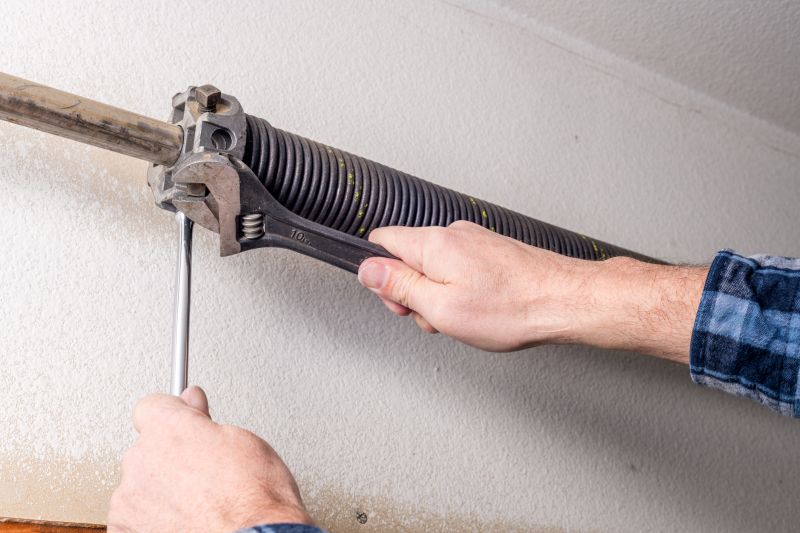
Spring allows for thorough inspections and repairs before the summer heat and storms.
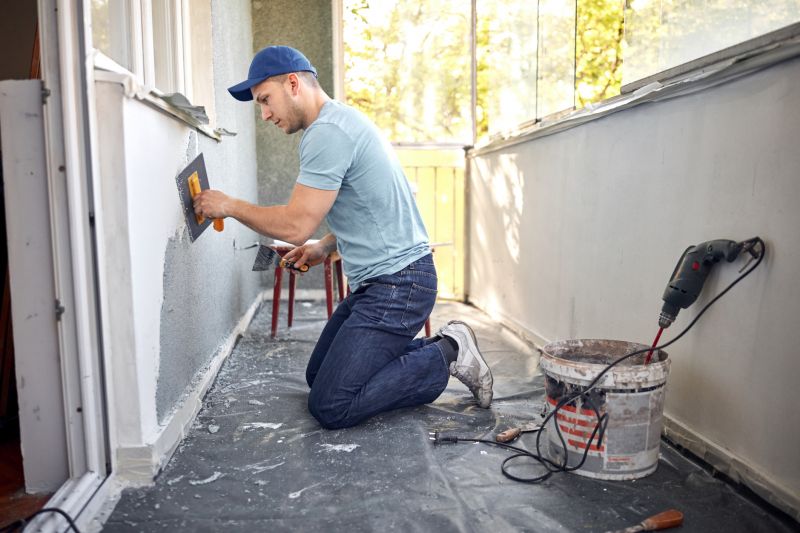
Warm weather facilitates effective repair work and curing processes.
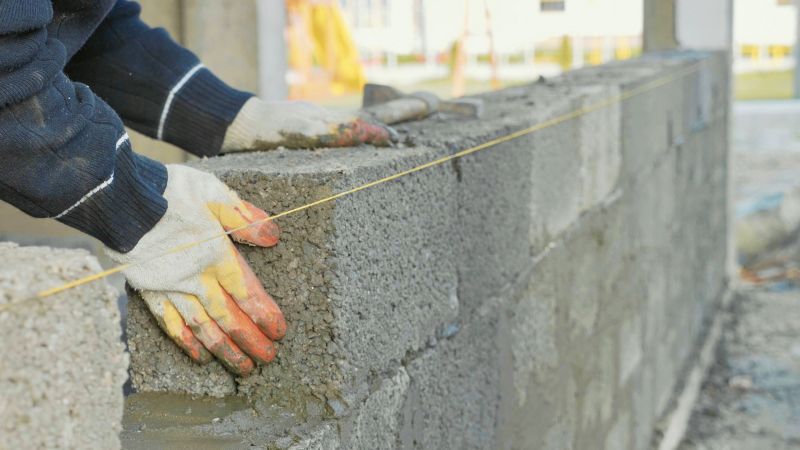
Fall repairs prepare the wall for winter, minimizing frost damage.
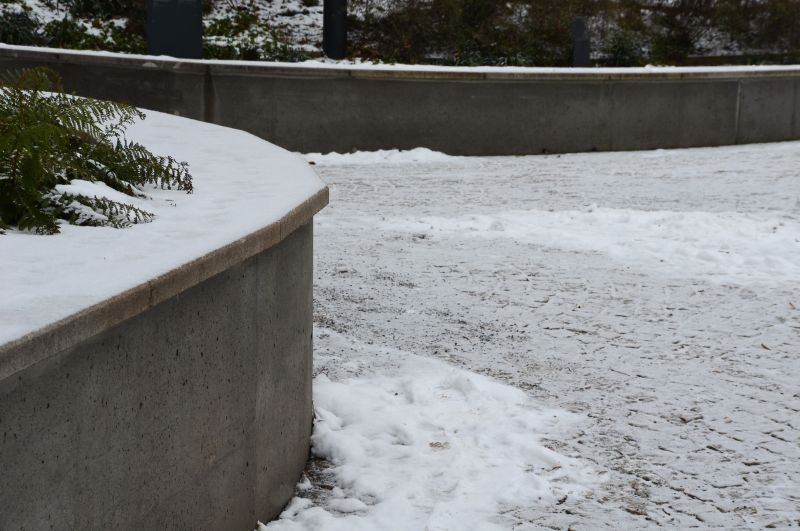
Winter is generally not ideal for repairs due to cold temperatures and moisture issues.

Little measurements that prevent headaches on Retaining Wall Repairs day.

A 60-second routine that keeps Retaining Wall Repairs looking new.
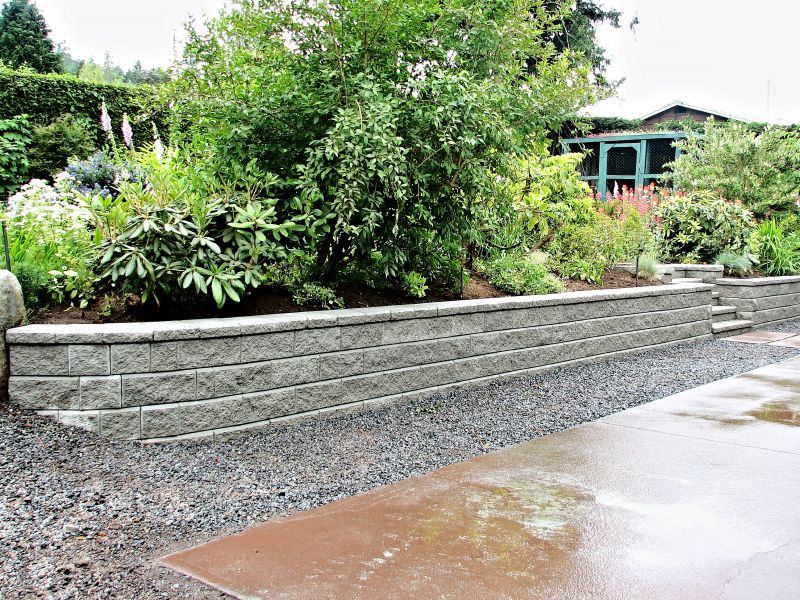
A frequent mistake in Retaining Wall Repairs and how to dodge it.
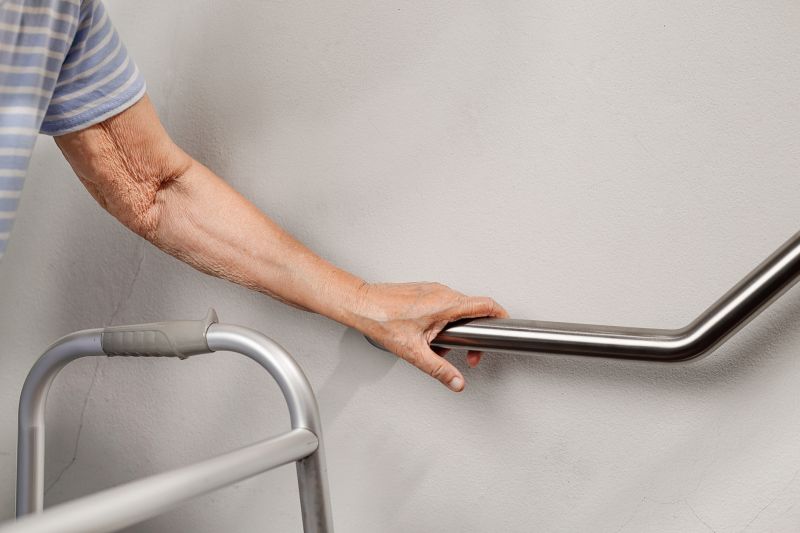
Small tweaks to make Retaining Wall Repairs safer and easier to use.
| Season | Best Repair Practices |
|---|---|
| Spring | Assess damage, perform repairs before heavy rains. |
| Summer | Complete repairs in dry, warm conditions. |
| Fall | Address issues to prevent winter frost damage. |
| Winter | Avoid repairs due to cold and moisture. |
Lower-waste or water-saving choices for Retaining Wall Repairs.
The short, realistic tool list for quality Retaining Wall Repairs.
Rough timing from prep to clean-up for Retaining Wall Repairs.
